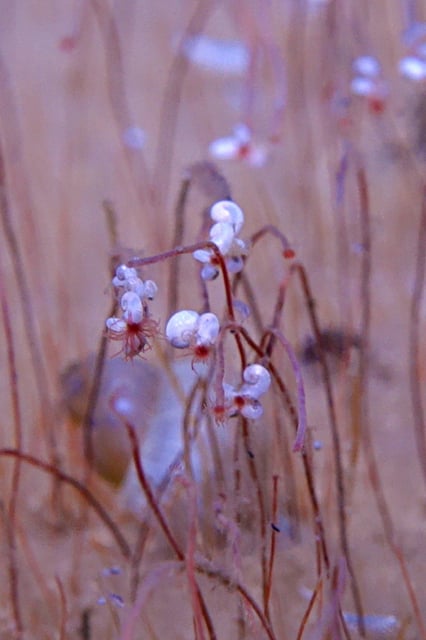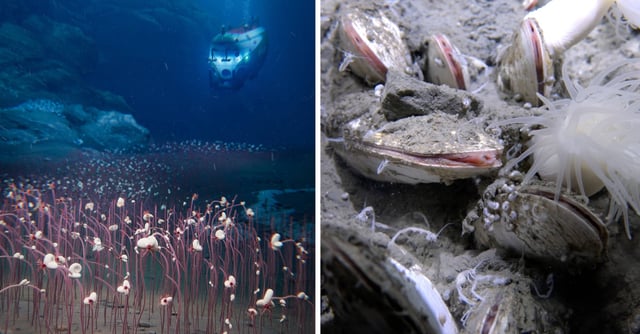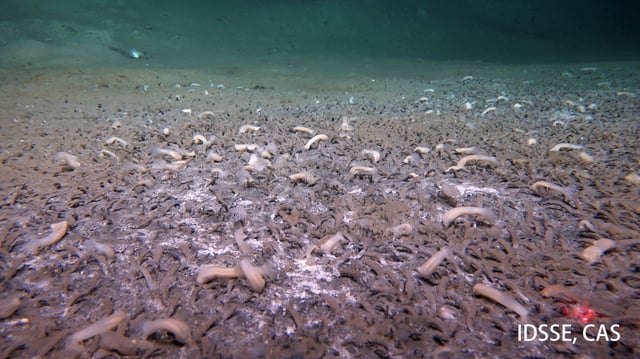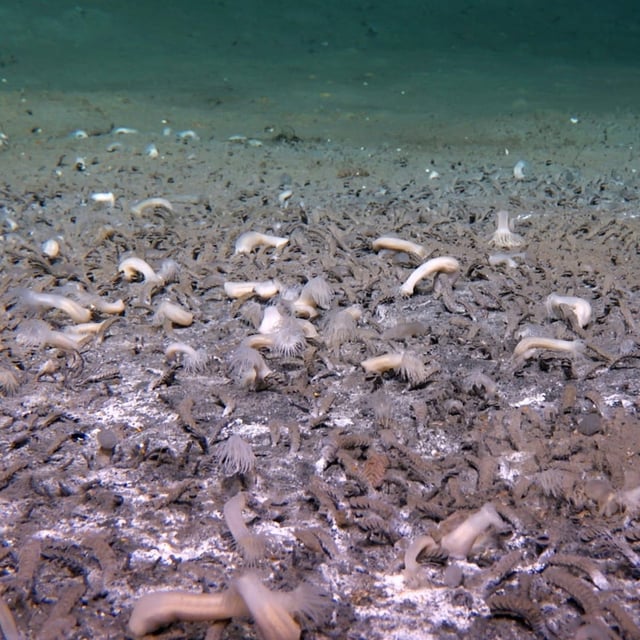Overview
- Scientists conducted 23 dives with the Chinese submersible Fendouzhe to sample and observe fauna in the Kuril-Kamchatka and Aleutian trenches this past summer.
- Dense communities of tube worms, free-living polychaetes, mussels and marine snails were documented surviving entirely on chemoautotrophic symbiosis.
- Analysis showed that bacteria in trench sediments produce methane and hydrogen sulfide, which serve as the primary energy sources for these ecosystems.
- The chemosynthetic habitats span roughly 2,500 km along trench floors, from about 5,000 m depth down to the Hadal zone.
- These findings overturn the long-held view of hadal trenches as nutrient-poor deserts by highlighting the global significance of chemical energy pathways in deep-sea life.



